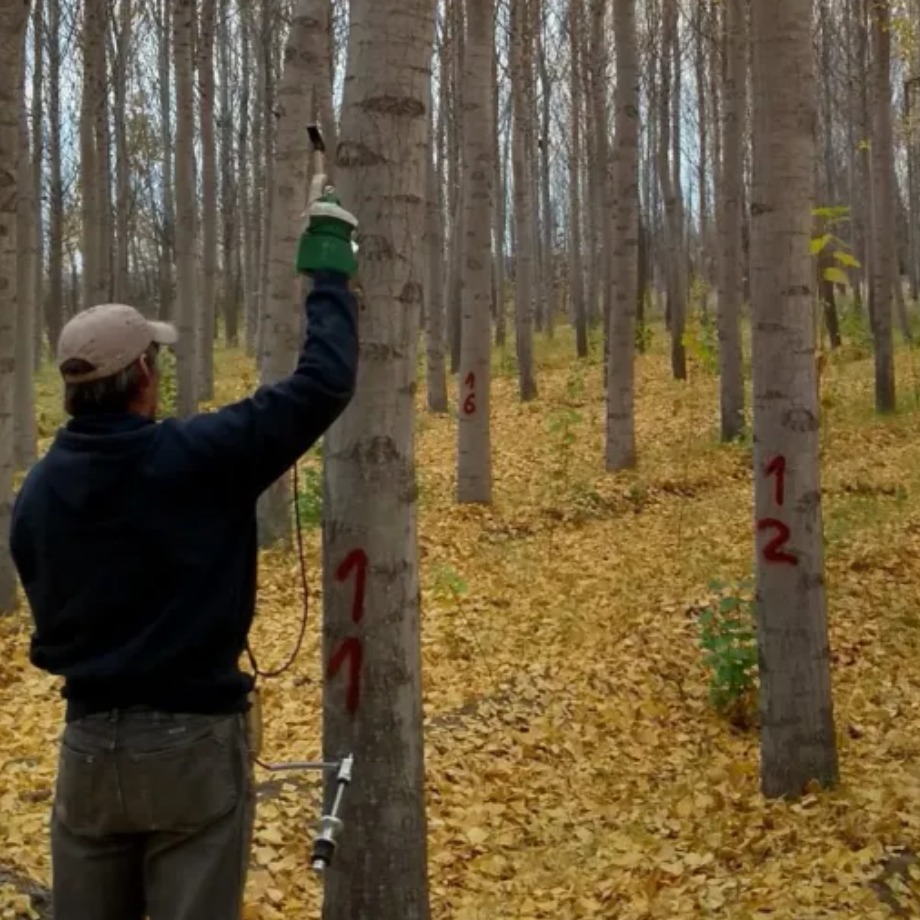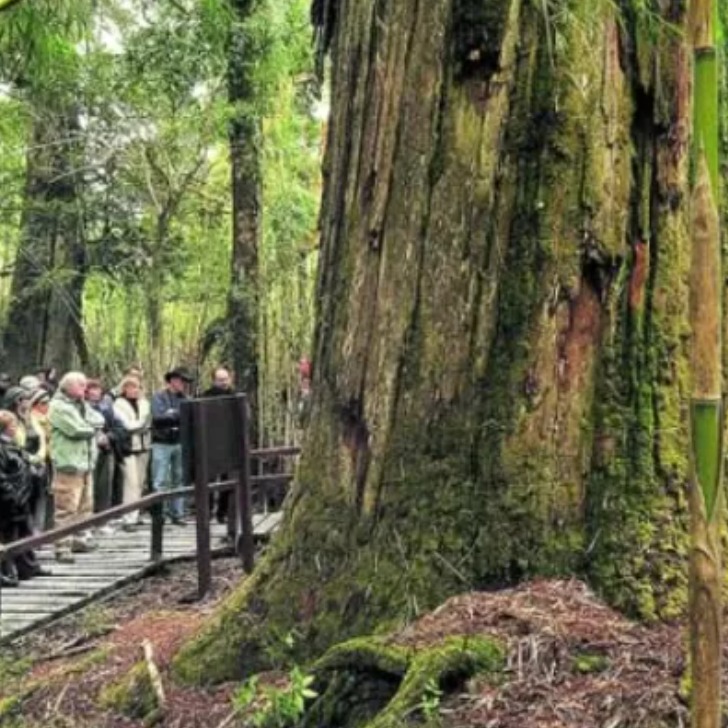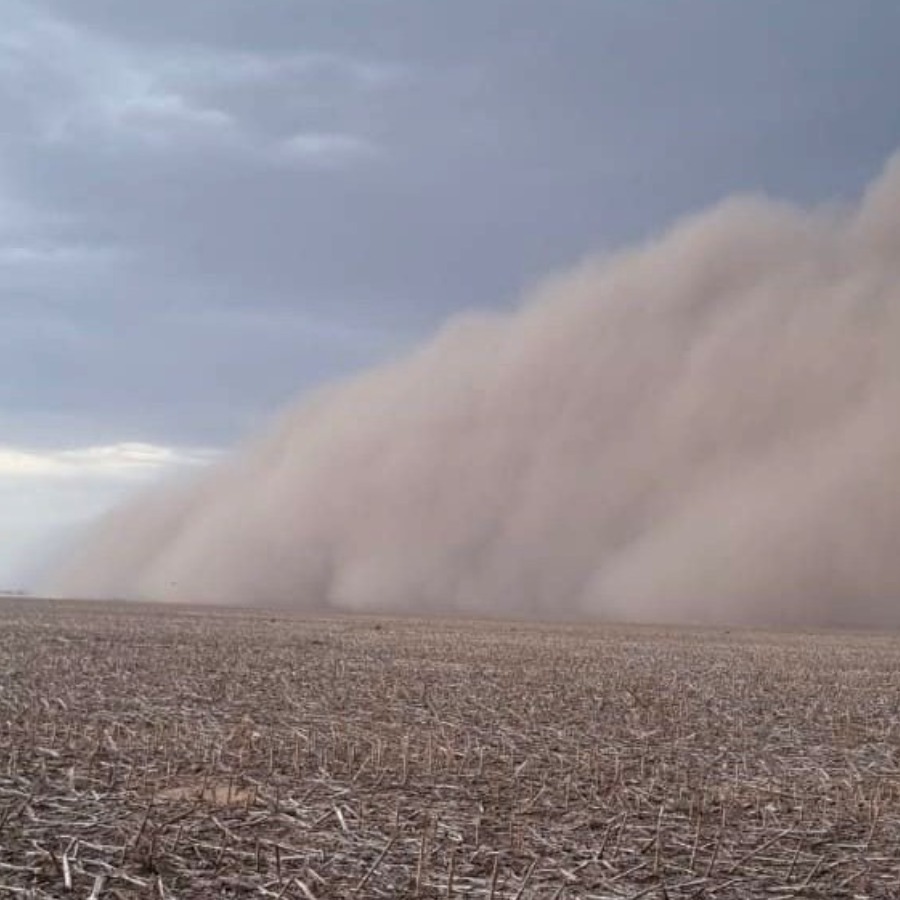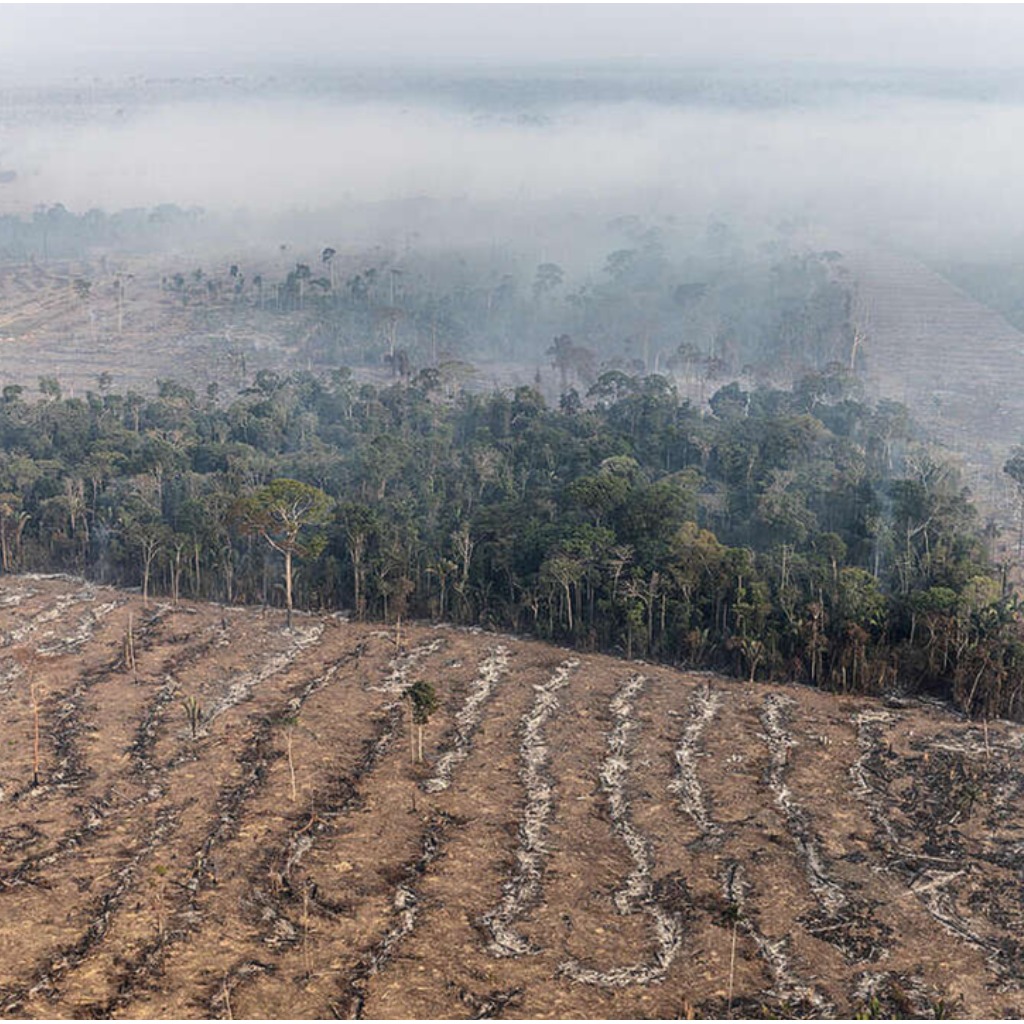
Norpatagonia: The poplars cultivated in the valleys have wood suitable for construction
This is shown by INTA research on its physical-mechanical properties. Although there is no unique clone that combines all desirable features, adequate selection and efficient forest management can ensure high quality wood for more demanding applications
The irrigated valleys of northern Patagonia, characterized by their cold temperate climate, have witnessed a gradual change in their landscape and in their agricultural practices. A few decades ago, fruit and vegetable producers, aware of the fragility of their crops due to the frequency of the winds, found in Los Alamos a natural solution for their protection. These trees, planted in rows, not only serve as breaking curtains, but have given way to a new horizon of possibilities for the forest industry thanks to the versatility of its wood. The need to protect the crops of Patagonia was the mechanism that It promoted the introduction of poplar species in the region. What began as a defense measure for productive systems, has evolved towards the plantation of forest massifs, whose wood has considerable value for the industry. The wood of the poplars, obtained from the breaking curtains and the massifs, is destined to the manufacture of essential products in the fruit industry, such as Bins, pallets and drawers. But ... Is it also suitable for other uses? How resistant is the poplar wood when used in construction? To answer these questions, it is necessary to enter the investigations that have been carried out in the region. One of the researchers who works on the subject is forest engineer Juan Diez, of INTA Bariloche, who explained that in the field of construction there are national regulations that dictate the security parameters for works carried out with wood. According to the Wood Structures Regulation (CIRSOC 601), established by the Research Center of National Security Regulations for Civil Works (CIRSOC), flexion resistance, the longitudinal elasticity module in flexion and the density of the Wood are key technological properties during the evaluation of their behavior in construction structures. Tests were carried out through non -destructive methods, a fundamental tool for obtaining precise data without affecting trees. The scientific research on the quality of Alamo wood been key to understanding its viability in construction. Between 2018 and 2022, a scientific and technological research project (PICT), financed by the Ministry of Science, Technology and Innovation (MINCYT) and complemented by INTA funds, together with the collaboration of Cafema, the UTN-Facultad Regional de Venado Tuerto, and some companies in the sector, dedicated himself to studying the growth rates of the poplars in the region and the physical-mechanical properties of his wood. The project, which included comparative rehearsals of Alamo clones carried out since 2008, covered different locations in the province of Río Negro, such as five jumps, Cipolletti, J. J. Gómez (General Roca), Chimpay, Pomona and Río Colorado.Alejandro Martínez Meier, Engineer Forestry of INTA Bariloche, explained that the tests were carried out through non -destructive methods, a fundamental tool for obtaining precise data without affecting trees. The project not only focused on the evaluation of the growth of trees, but also on the technological properties of wood, such as density and rigidity, key elements to determine its aptitude in constructive applications. The general objective, according to Forestry Engineer Esteban Thomas of INTA Alto Valle, was to determine whether the wood of the poplars cultivated in the region is suitable to be used in construction systems. It was also attempted to know the relationship between the growth of trees and the physical-mechanical properties of wood, particular of the growth in diameter of the shaft, the total height of the trees and the spread of acoustic waves through the wood. The spread of these acoustic waves, together with the measurement of the density of the wood, allows the stiffness of the wood, known as its dynamic elasticity module (MOED). This property is key to determining the capacity of the wood to resist the loads to which it will be subjected to a construction. The results obtained so far have been encouraging, according to Forestry Engineer Gonzalo Caballé, former Professional of INTA Bariloche. The wood of the poplars grown in the irrigated valleys of the north of Patagonia has proven to be suitable for use in construction structures. However, studies have also revealed that there is no single poplar clone that gathers all the desirable characteristics. No clone has simultaneously shown the best growth, the best tree form and the superior quality of wood. This underlines the importance of an adequate selection of popular species and clones according to the characteristics of the sites, as well as the need to apply good forest management practices. One of the most outstanding conclusions of the study is that the combination of clones appropriate to the Sites with efficient forest management, both in massifs and in breaking curtains, will allow obtaining high quality wood, which will not only be useful in the production of pallets, bins and drawers, but also in more demanding applications such as housing construction and other structures. The poplar, a species that is mainly used for crop protection, has established itself as a valuable and versatile resource, opening new possibilities for sustainable development in northern Patagonia. In a context where sustainability and efficiency in efficiency in The use of natural resources are increasingly important, poplar wood is emerging as a promising option for the future of construction in the region.
IT MAY INTEREST YOU
 The oldest tree in Argentina: where is it and how to get there
The oldest tree in Argentina: where is it and how to get there
The tree of more than 2600 years of age is considered part of the world heritage by UNESCO, survived volcanoes and fires and is open to the public. Where is it located and how to get there?
 Santiago del Estero, forest engineering professionals alert by erosion of the land aggravated by the action of strong winds and deforested areas
Santiago del Estero, forest engineering professionals alert by erosion of the land aggravated by the action of strong winds and deforested areas
From the College of Graduates in Forest Sciences of Santiago del Estero, they warn about the serious problem of land erosion caused by the action of the wind in dismantled areas of the northeastern province, after the storm of dust registered last week and propose urgent measures for measures for advance in solutions regarding these climatic phenomena. Intensive deforestation left extensive land areas exposed, which has intensified wind erosion, reducing soil fertility and promoting desertification. These actions generated by the intensive production of agriculture and livestock in vast extensions without the proper precautionary measures such as curtains or patches of reserve forests required by the legislation Provincial Law No. 6,841 and National Law No. 26,331, are responsible of the impact on the ground.
 The Amazon records 136,000 fires, the highest rate in almost 20 years
The Amazon records 136,000 fires, the highest rate in almost 20 years
Deforestation in the Amazon reached record figures in 2024, with more than 100,000 fires. The status of Paraá had more than 57 thousand spotlights. The deforestation in the Amazon jungle reached record figures in 2024. We approached at the end of the year and the bioma has registered more than 100,000 fires of fires. In the first 11 months of this year, the fire spotlights in the Amazon showed an increase of 43.7% compared to 2023. Until December 5, 136,512 spotlights were recorded in the bioma, while in the same period last year The total was 98,646. The historical record occurred in 2007, with 186,000 registered outbreaks. The information comes from the Queimada program, from the National Institute of Space Research (INPE).





















